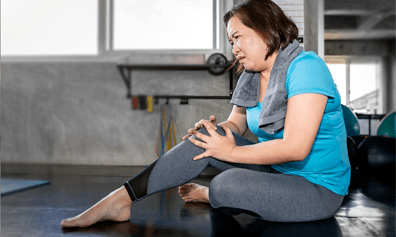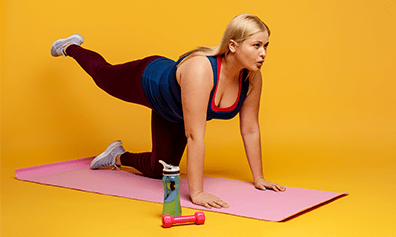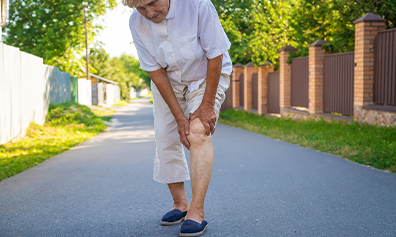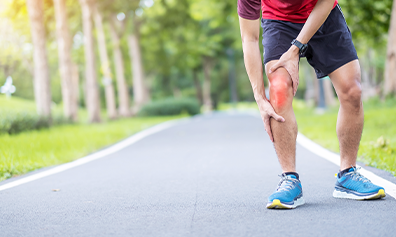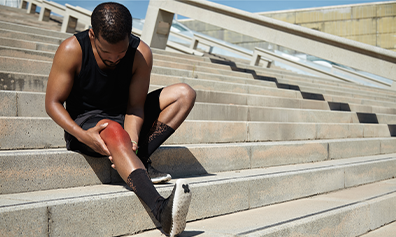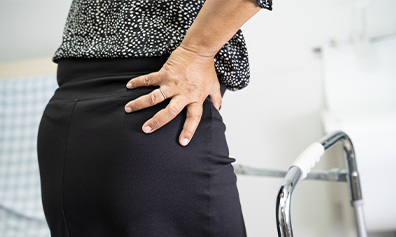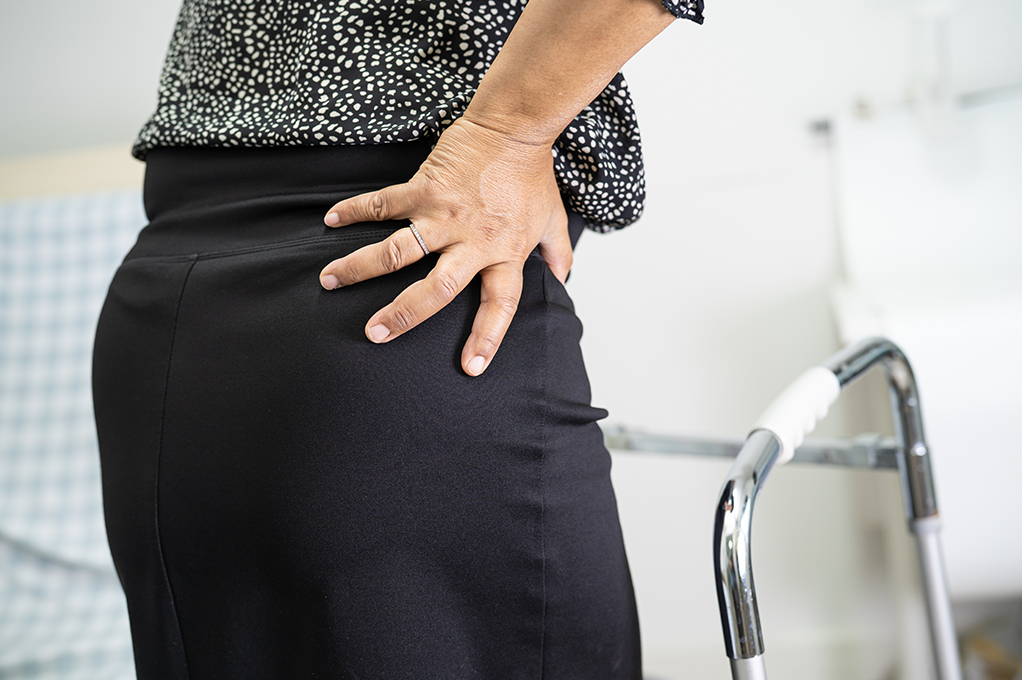
Understanding hip tendonitis and its causes
- • Hip tendonitis typically occurs when the tendon is under abnormal stress from activity that you are not used to doing.
- • Hip tendonitis is a degenerative injury that causes disorientation in the tendon fibers.
- • Because blood supply in the tendons is poor, they are slow to heal.
- • Other causes might be sudden progression of exercise without adequate training and repetitive stress related to overuse.
Risk factors for hip tendonitis
- • Specific sports - people who participate in sports such as running, cycling or high kicking are at a higher risk for developing hip tendonitis.
- • Sports that require squatting or lifting weights put you at higher risk.
- • Rapidly increasing training - people who rapidly increase intensity and duration of training are at a higher risk for developing hip tendonitis.
Symptoms of hip tendonitis
- • Most common symptom of hip tendonitis is pain that develops gradually over time.
- • Tenderness on the hip location where the tendon originates
- • Hip stiffness in the morning or after long periods of rest
- • Pain that lessens as you warm up but intensifies later in the day
- • Discomfort during contraction of the hip muscles
Diagnosis of hip tendonitis
- • Diagnosis will involve a full physical examination including range of motion, joint stability, flexibility, tests for ruptured or torn tendons in the hip history of potential, and training that led to the injury.
- • In some cases, an x-ray or MRI might be required to determine if a severe tear or a hip fracture is causing the pain.
Treatment for hip tendonitis
- • Early treatment for hip tendonitis includes rest and anti-inflammatory medication to reduce the inflammation.
- • Physical therapy in the early stages of hip tendonitis aims to decrease pain and reduce inflammation.
- • Orthotics can help improve the knee alignment and function of the patella.
- • Surgery is a last resort treatment after non-surgical options have been exhausted. Surgery stimulates healing by restoring the blood supply to the injured hip or quadriceps. The damaged tissue is removed, and the tendon is repaired. Most patients who require surgery will have arthroscopic surgery, which is less invasive, and patients can go home that day.
Recovery from hip tendonitis
If you have not had surgery for hip tendonitis, the injury can heal with four to six weeks of physical therapy. The goal of the physical therapy is to reduce the pain and inflammation as well as to improve the function of the hip.
Physical therapy after surgery is intensive and involves a full team of specialists who work together to develop a treatment plan for your case. The physical therapy will intensify as you progress to ensure you are fully healed before resuming your normal activities..
Exercises to tackle Hip Tendonitis
The following tips and exercises will help keep hip tendonitis from affecting your lifestyle:
- • Adjust your seat height so hips sit higher than knees to avoid “hip pinching”
- • Maintain a flexible, strong core and hips.
- • Discuss proper form with your trainer or therapist to prevent muscle compensation
- • Strengthen the muscle in its lengthened as well as shortened state
1.Hip Flexor Stretch
- • Kneel on one knee, hip behind knee
- • Tuck tailbone underneath you
- • Keep back straight as you move your body forward
- • Stop when a stretch is felt in the upper thigh
- • Hold 30 seconds. Do two repetitions.
2. Hip Flexion All-Fours
- • Tie resistive tubing to a pole and the other end to ankle
- • On all fours, bring knee into chest
- • Keep back straight
- • Then return foot slowly to start position
- • Feel resistance both ways
- • Do 2 sets of 10 repetitions on each leg
3. Hip Extension
- • Lie with a fitness ball under your stomach
- • Squeeze buttock and lift leg up to trunk
- • Hold 3 seconds
- • Do 2 sets of 10 repetitions on each leg
4. Side-Lying Hip Abduction
- • Lie on side, stacking hips, back to a wall
- • Keep foot against wall while lifting leg up
- • Hold 3 seconds, then lower
- • Do 2 sets of 10 repetitions on each leg
Telehealth to Your Rescue
During these times of global pandemic, it can be challenging to find the help you need to maintain your joint health. But with telerehabilitation services, you can get the benefits of physical therapy from the comfort of your home without worrying about exposure or transport. TheraNow, one of the best telerehabilitation services with excellent expertise in the field of physical therapy with our team of virtual physical therapists is waiting to provide you the care you need to get your life back in its happy place. You can book your appointment by visiting us at Theranow: Online Physical Therapy Services
.






